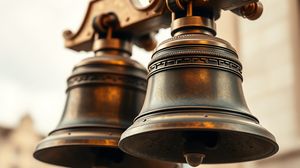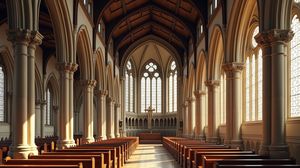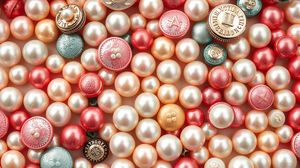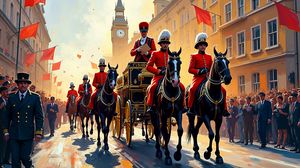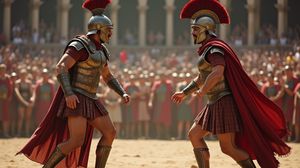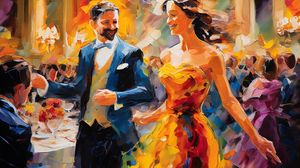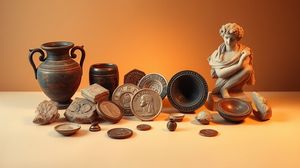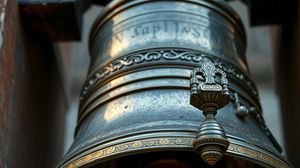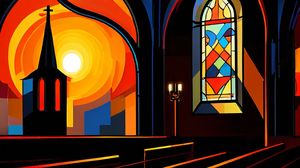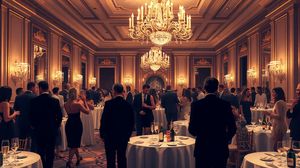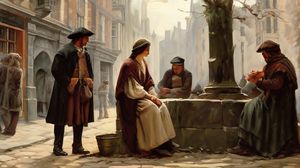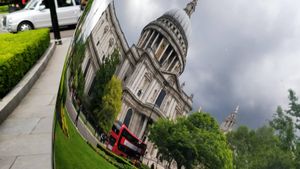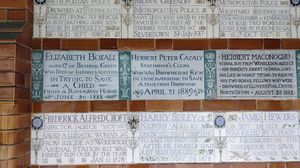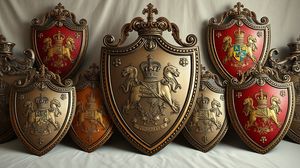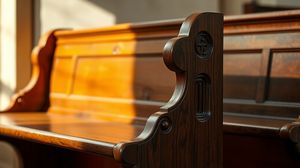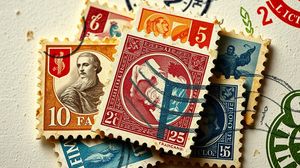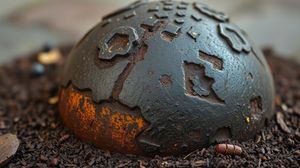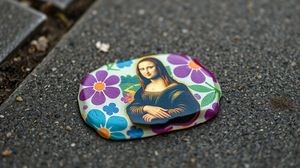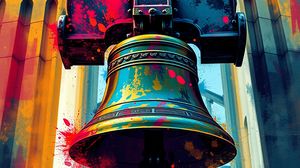
St. Mary-le-Bow Church is one of the most significant historical churches in London, located on Cheapside. Its origin dates back to the Norman period, and it has been an important place of worship for centuries. The current structure was designed by Sir Christopher Wren after the Great Fire of London in 1666 destroyed the previous medieval building.
The church is famously associated with the Bow Bells, which have been said to define a true Cockney. According to tradition, one is considered a Cockney only if born within the sound of the Bow Bells. This tradition has contributed to the cultural identity of East Londoners for generations.
St. Mary-le-Bow has a long-standing position in the hierarchy of the Church of England, serving as the "Mother Church" of the St Mary-le-Bow Archdeaconry. It holds an important place in the financial district, providing a venue for a variety of services and community events.
Unusually for a church, St. Mary-le-Bow is equipped with a crypt café, which offers a unique setting for visitors to relax and enjoy refreshments in historic surroundings. This adds a contemporary touch to its traditional spiritual role.
Over the centuries, St. Mary-le-Bow has been a witness to, and participant in, several significant historical events in London's colorful history. It miraculously survived the Blitz during World War II, when many other buildings in the area were heavily damaged or destroyed.
The church's architecture is a striking example of Wren's style, featuring a stunning baroque design that includes a prominent tower and steeple. The interior is equally remarkable, with elegant craftsmanship and artistic details that offer a peaceful retreat amidst the bustling city.
St. Mary-le-Bow was the location for the rebuilding ceremonies of the livery halls after the Great Fire, emphasizing its status as a London landmark. This historical fabric continues to be a timeless attraction for both devotees and history enthusiasts.
A visit to St. Mary-le-Bow allows for a unique interaction with the auditory tradition of bell ringing. The Bow Bells continue to play a significant role in cultural events and are an integral element of the church's identity.

Making the Most of Your Visit:
Try to time your visit to coincide with the ringing of the Bow Bells. The sound is iconic and connects you to centuries of London history and tradition.
After exploring the church, head down to the crypt café. It's not just about the refreshments; the atmosphere is unique as you sip your tea or coffee surrounded by historic stonework.
If you're visiting on a weekday, take a moment to observe any scheduled lunchtime or evening services. Even if you're not religious, it's a chance to see how this historic church functions within the community today.
Take some time to appreciate the detailed craftsmanship inside the church. Look closely at the woodwork and stone carvings, which exemplify Wren's design mastery.
For a quieter experience, avoid visiting during peak tourist seasons or large events in the financial district. Early mornings can offer a more peaceful atmosphere to reflect or enjoy the architecture without the hustle and bustle.

Visiting Times & Costs:
St. Mary-le-Bow Church is open to the public, with the opening hours typically being Monday to Friday from 7:30 AM to 6:00 PM. However, it is advisable to check in advance for any changes due to special services or public holidays.
Entrance to the church is free of charge, allowing visitors to explore the interior and experience its historical and architectural significance. There are no general admission fees.
Regarding accessibility, the church aims to accommodate all visitors. There is an accessible entrance available on the side of the church for those with mobility issues. However, the historic nature of the building does mean that some areas might present challenges for visitors with specific needs. It is recommended to contact the church directly for detailed accessibility information tailored to individual requirements.

Address & Map:

Nearby:
